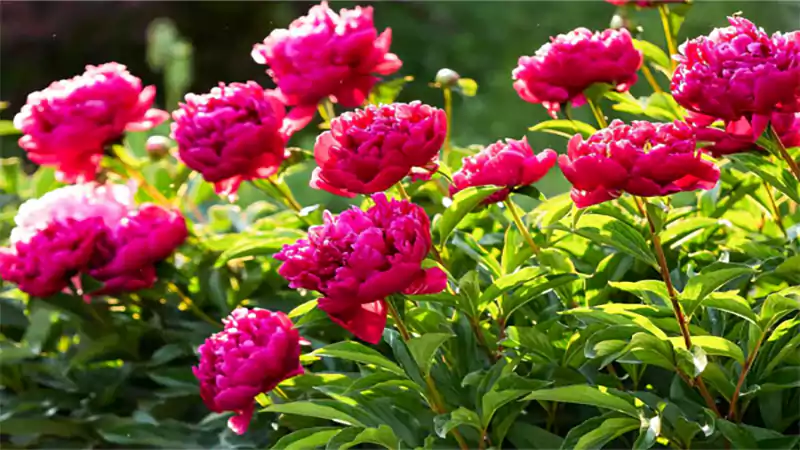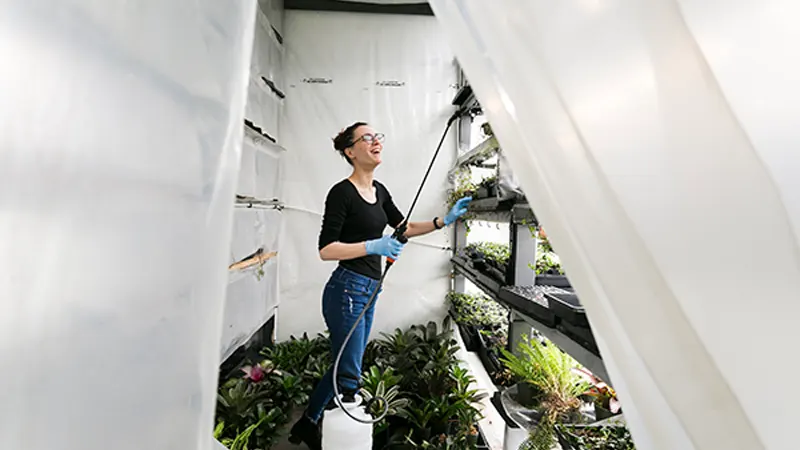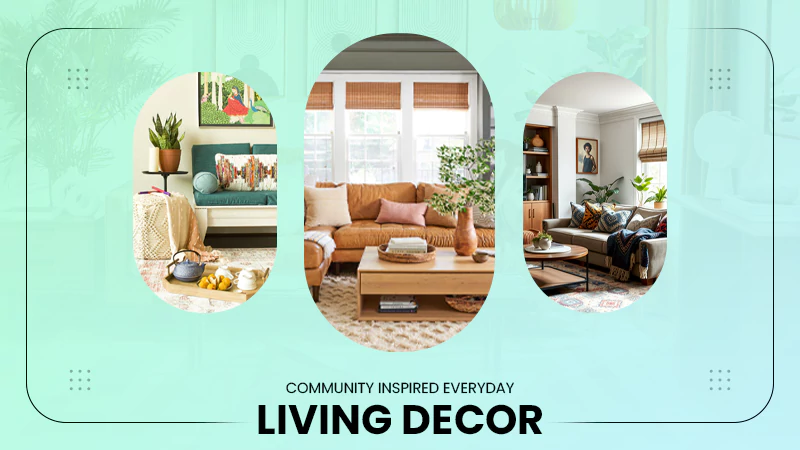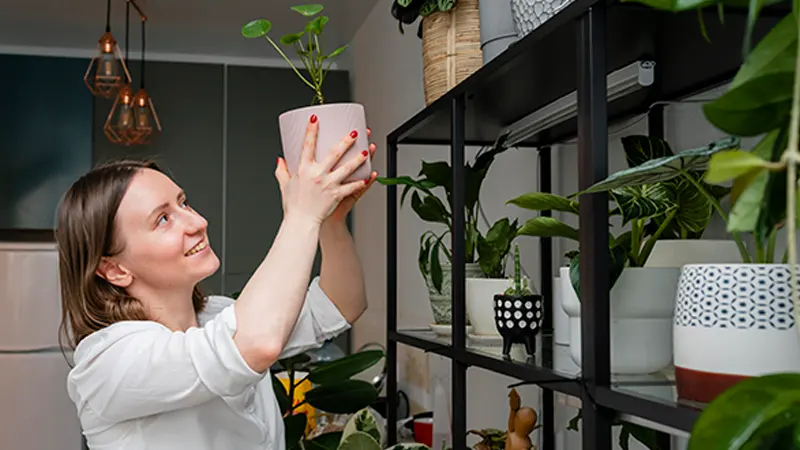A beautiful outdoor space is more than just plants or stone walkways, it’s the perfect balance of natural and built elements that work together to create comfort, beauty, and function. Landscaping and hardscaping are the foundation of that balance. While landscaping focuses on living elements, such as grass, trees, and flowers, hardscaping includes permanent structures, including patios, retaining walls, walkways, and fire pits. When both are thoughtfully combined, they create a cohesive outdoor environment that’s both practical and enjoyable all year long.
Many homeowners treat landscaping and hardscaping as separate projects, but the best outdoor spaces come from blending them seamlessly. The right mix of greenery and structure can transform an ordinary yard into a peaceful retreat, a gathering place, or a functional extension of the home.
Understanding the Balance Between Landscaping and Hardscaping
The first step to combining landscaping and hardscaping is finding balance. Too much greenery without structure can feel wild and unorganized. Too much concrete or stone can make a yard look cold and uninviting.
The goal is to create harmony between the soft and hard elements. For example, a stone patio surrounded by flowering plants and shaded trees creates a relaxing area that feels connected to nature. Retaining walls can double as seating while also holding garden beds filled with seasonal plants.
Balance also includes proportion. Large open yards benefit from structured elements, such as pathways or pergolas, while smaller yards require lighter touches, like compact pavers or small garden borders. A well-planned design brings symmetry, color, and function together in a way that feels natural.
Planning with Purpose and Flow
Every successful outdoor space begins with a plan that considers how the area will be used. A backyard that hosts family gatherings might need wide walkways and a patio with seating. A more private retreat could focus on shaded nooks, water features, and flowering plants.
The flow between hardscaping and landscaping matters just as much as their placement. Pathways should feel like natural transitions between spaces rather than dividing lines. Using curves instead of sharp angles helps the yard feel softer and more inviting.
Plants can guide movement as well. Low shrubs along a walkway or tall grasses near seating areas help define zones while keeping the design cohesive. A good plan connects every part of the yard, encouraging people to move through it and enjoy it year-round.
Designing for All Seasons
A key benefit of combining landscaping and hardscaping is that it extends usability through every season. In warmer months, shaded patios, pergolas, and well-placed trees provide comfort from the sun. In cooler months, features like fire pits, lighting, and evergreens keep the space inviting.
Seasonal planning starts with plant selection. Choose a mix of perennials, evergreens, and flowering shrubs to keep color and texture visible all year. Pair these with hardscape materials that hold up to changing weather, such as stone, brick, or concrete pavers.
For year-round appeal, consider adding an outdoor kitchen or covered seating area. These spaces remain functional even during rain or cold weather, letting you enjoy your yard longer without major adjustments.
Using Hardscaping to Define Outdoor Spaces
Hardscaping provides structure to your yard. It defines where activities happen and helps shape how people interact with the environment. A well-placed patio creates a natural gathering spot. A pathway connects zones and prevents damage to grass or plants. Retaining walls add dimension and prevent erosion while framing the landscape.
Each hardscape element should serve a purpose. For example, a stone border around a flowerbed keeps soil and mulch contained. A built-in bench next to a fire pit creates permanent, low-maintenance seating. Even decorative features like fountains or sculptures add visual interest while tying the design together.
When planning, it’s important to match materials to the home’s style. A rustic property might benefit from natural flagstone, while a modern home might look best with smooth concrete or sleek pavers. The key is consistency, materials, shapes, and colors should complement each other.
Bringing Life and Softness with Landscaping
Landscaping balances the solid look of hard materials by adding texture, movement, and color. Plants soften sharp edges, reduce heat on paved areas, and connect the space to nature.
Start by layering plants in varying heights. Use taller trees or shrubs in the background, medium plants around structures, and low ground covers near pathways or edges. This layering creates depth and dimension, making the space feel larger and more inviting.
Plants also help regulate temperature and create privacy. Dense shrubs or trees act as natural screens, while climbing vines can provide shade on pergolas. For areas that get a lot of sunlight, drought-tolerant plants and native species reduce maintenance while staying green throughout the year.
The right landscaping choices enhance not only the beauty but also the comfort and usability of the yard.
Integrating Lighting for Ambiance and Function
Lighting brings outdoor spaces to life after sunset and enhances both safety and atmosphere. Pathway lights help guide movement, while accent lighting highlights trees, water features, or walls. Warm-toned lights around seating areas or fire features create an inviting mood.
LED fixtures and low-voltage systems are energy-efficient options that last for years. Smart lighting controls make it easy to adjust brightness or set schedules, extending usability without adding clutter.
Strategically placed lighting transforms the yard into a comfortable evening retreat, encouraging outdoor enjoyment long after the sun goes down.
Solving Drainage and Maintenance Challenges with Smart Design
Combining landscaping and hardscaping requires careful attention to water management. Improper drainage can lead to pooling water, plant damage, and cracks in paved surfaces. Professionals often integrate drainage channels, French drains, or permeable pavers to direct water safely away from structures.
Low-maintenance landscaping choices also help. Mulch beds prevent erosion, while native plants adapt better to local weather conditions. Choosing durable materials for hardscaping reduces the need for repairs and keeps the area functional in any season.
A smart design ensures your yard not only looks great but stays strong and healthy through changing weather and daily use.
Adding Personal Touches for Comfort and Style
A successful outdoor space reflects your personality and lifestyle. Combining landscaping and hardscaping gives you endless options to customize your yard. Outdoor furniture, decorative pots, sculptures, and water features all add character and charm.
Consider adding sound with a gentle water fountain or wind chimes, and texture with natural materials like stone, wood, or gravel. Simple touches like a hammock under a tree, a herb garden near the kitchen, or a cozy fire pit can make the space uniquely yours.
Every feature should have a reason to be there, whether for beauty, function, or comfort. The more connected the space feels to your way of living, the more you’ll enjoy it all year.
The Long-Term Benefits of Combining Landscaping and Hardscaping
When landscaping and hardscaping work together, they create a yard that not only looks great but also functions perfectly. The space becomes easier to maintain, more comfortable to use, and more durable through the seasons. Properly integrated designs also add significant property value.
Plants bring color, softness, and movement. Hardscaping provides strength, structure, and longevity. Together, they form a complete outdoor environment that adapts to your lifestyle. Whether you’re relaxing alone or entertaining guests, every element serves a purpose and adds to the experience.
By planning and blending natural and built materials with intention, you can enjoy your outdoor space not just for one season, but for every season of the year.




